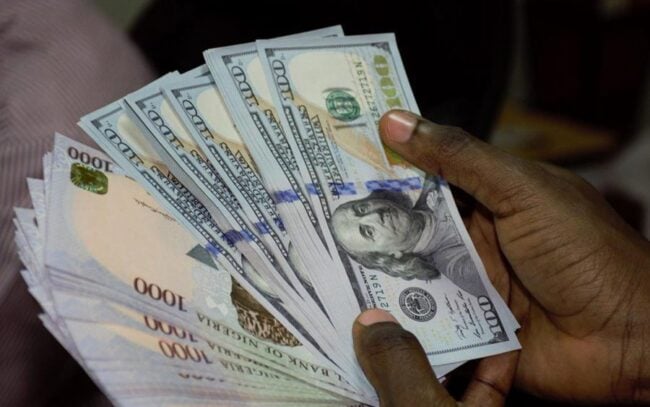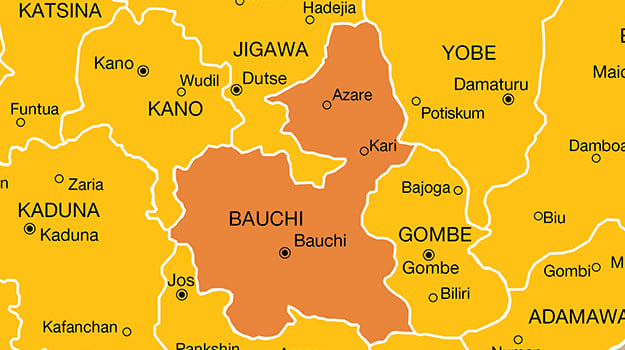The federal government has projected to spend N17.8 trillion on servicing debt between 2021 and 2024.
This represents 47.6 percent of N37.42 trillion expected revenue within the four-year period.
By implication, it means that for every N100 earned, the federal government would spend about N48 to repay debt.
This is contained in the 2022-2024 medium-term expenditure framework and fiscal strategy paper (MTEF & FSP) released by the budget office of the federation.
Advertisement
The MTEF & FSP is a major feature of the annual budget preparation cycle which provides the basic structure for the estimates and assumptions that underlie the annual budgets.
According to the document, N3.12 trillion will be provided for servicing debts in 2021 based on the budget passed by the national assembly with an oil benchmark price of $40 per barrel.
In 2022, the federal government projects that N3.61 trillion will be expended on debt servicing.
Advertisement
The figure is expected to rise to N4.93 trillion by 2023, while N6.17 trillion will be used to service part of Nigeria’s debt in 2024.
This implies that Nigeria’s debt service is projected to rise by 97 percent in 2024 (N6.17 trillion) from N3.12 trillion in 2021.
During the period, revenue from oil and non-oil sources is projected to reach N37.42 trillion between 2021 and 2024.
According to the document, the federal government projects that revenue, including government-owned entities (GOEs) will hit N7.98 trillion in 2021, N8.36 trillion in 2022, N10.18 trillion in 2023 and N10.9 trillion in 2024.
Advertisement
The represents 39 percent debt to revenue ratio in 2021, 43 percent in 2022, 48 percent in 2023 and 56 percent in 2024.
It is projected that crude oil, Nigeria’s major source of external revenue, will rise to $57 in 2022 and 2023 while falling to $55 per barrel in 2024.
NIGERIA’S RISING DEBT PROFILE
Nigeria’s debt profile has continued to rise as the government continues to seek borrowings to meet its annual budget deficit.
Advertisement
According to the debt management office (DMO), Nigeria’s total public debt stock stood at N32.92 trillion ($86.39 billion) in 2020, compared to N27.40 trillion ($84.05 billion) in 2019, representing an increase of 20.12 percent in Naira terms.
The increase in the total public debt stock is largely due to new domestic and external borrowing by the federal and sub-national governments and additional disbursements on existing multilateral and bilateral loans.
Advertisement
In 2020, out of the federal government’s total revenue of N3.42 trillion, N3.34 trillion was used for debt servicing.
This implies that for every N100 earned as revenue, N97 was spent on debt servicing during the period under review.
Advertisement
In the first five months of 2021, an analysis by TheCable also showed that FG had spent 97 percent of its revenue on debt servicing.
The Nigerian Economic Summit Group (NESG) had warned that the federal government’s debt service to revenue ratio is unsustainably high and affects its ability to meet non-debt obligations.
Advertisement
NESG noted that the ratio “remains unsustainably high and undermines the ability of government to meet non-debt obligations such as the provision of infrastructure, human capital development and protection for our nation’s large population of vulnerable people”.
Add a comment





